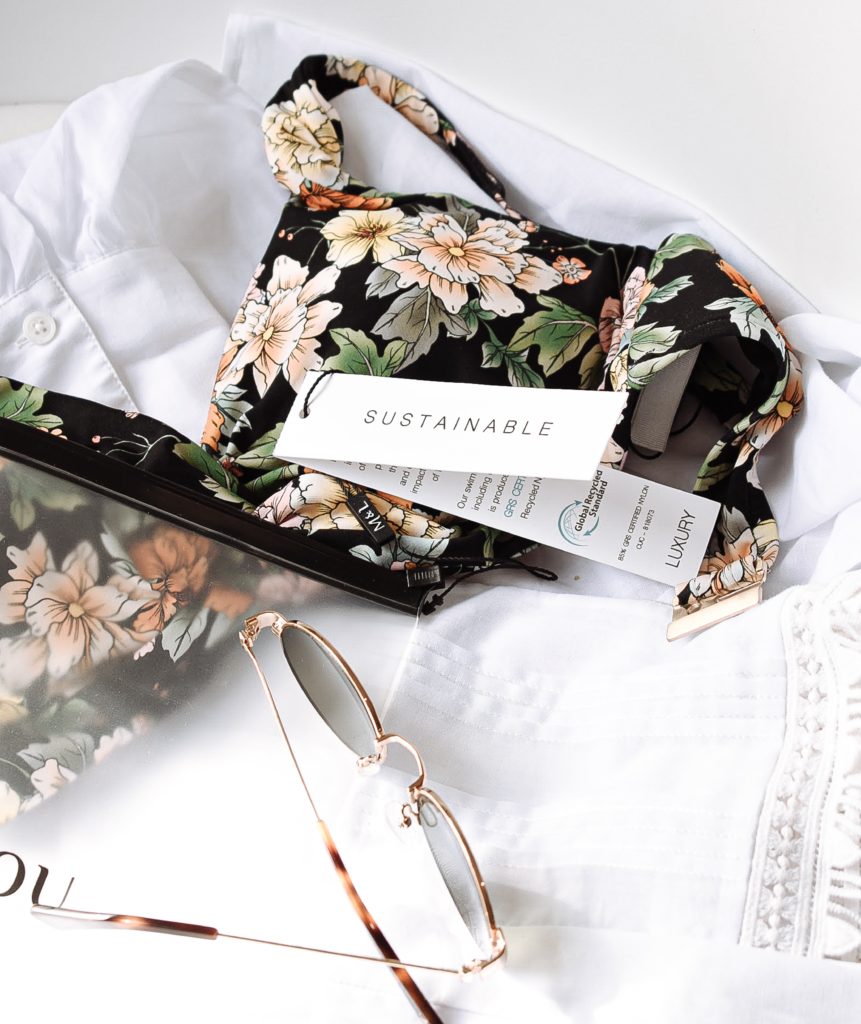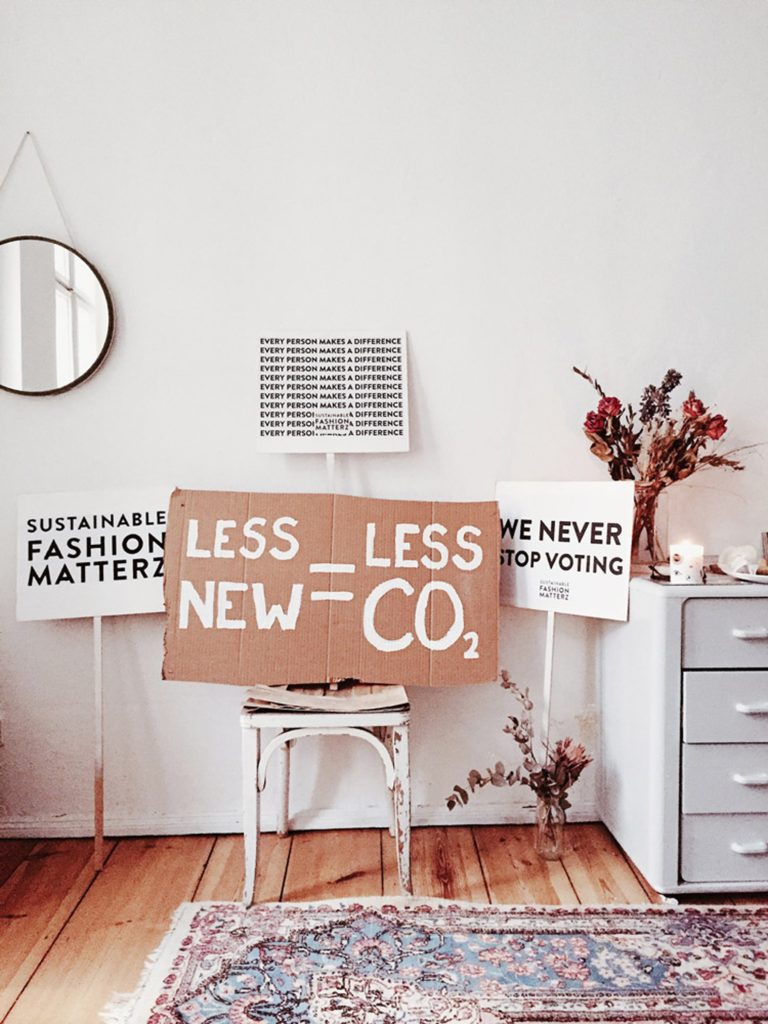We all have heard of fast fashion. H&M, Zara, Forever 21 and Topshop are just a few of the fast fashion leaders out there. Depending on where you live, there used to be only two clothing seasons, spring-summer and fall-winter. Maybe three to four if the weather varies dramatically. But for multiple decades now this has changed drastically. Clothes aren’t just items to keep you warm in winter or cool in summer anymore. Trends constantly change, new styles emerge. So what used to be two seasons has turned into pretty much 52 seasons throughout the year. New items come out every single week and most items don’t last very long so you constantly need to get new things. Of course, this has a huge impact on the environment. Pollution and tons of waste are just two of the major issues produced by fast fashion. But fast fashion isn’t even the worst thing anymore. Enter real-time fashion, especially Chinese company Shein. Instead of offering thousands of new items monthly or weekly, shein offers up to 1.000 new items per day!
The true price of real-time fashion
Real-time fashion and fast-fashion alike have many downsides. The workers creating those clothes usually are underpaid and have to work in inhumane and oftentimes dangerous conditions in circumstances that seem more like modern slavery rather than anything else. Human-rights violations and mistreatment are extremely common in many of the manufacturer’s working sites in predominantly Asian countries. Moreover, the effect on climate change and the environment is massive.
10.000 liters of water are used for one kilogram of cotton. 20 percent of wastewater in the world is attributed to the dyeing of clothes. Oftentimes, this wastewater finds its way into the oceans or rivers and might end up in the drinking water sources for communities across the world. Almost 60 percent of discarded clothing ends up in landfill. CO2 emissions skyrocket, especially because many of the cheap items are made of polyester or viscose that release a lot more emissions than other fabrics. Microplastics are released during the production as well as its consumer lifecycle, harming aquatic life and humans alike. Additionally, many of the designs are straight-up rip-offs of other brands or sustainable designers, which in itself is a huge problem and should definitely not be supported.
Overall, it seems that people have a much bigger awareness today of climate change and the effect it has on the world. People are getting more and more sustainable, trying to reduce their waste, be more mindful, respect our environment. So how can companies like Shein and other real-time/ultra-fast-fashion companies still thrive and get away with it? Of course, this all has to do with supply and demand and the consumerism mindset most people have. Many people still want new things all the time, want it to be cheap, and want to get it as quickly as possible. Sustainable brands are often more expensive because the material is better, and because they usually have fair working conditions with living wage and they use eco-friendly equipment.

Sustainability in the long-run
I know a lot of people who say they cannot afford sustainable fashion. I know the prices sometimes seem a lot at first sight—but in the long run it will be cheaper to buy one expensive item that will last you a long time rather than buying a 2$ shirt which will be ruined after wearing it three times. Another issue is that people often think they need multiple versions of the same item, whether that is clothes or household items. If you think you need 10 pairs of jeans you will think twice about buying sustainable versions that are all expensive. But do you need 10 pairs of jeans? Probably not. Trying to live a bit more minimalistic and really thinking about what items you actually need and what things you were made to believe you needed will help reconsider your stance on fast- and real-time fashion and the extreme consumerism that still lives on in society.

Spending “more” money on sustainable items and eco-friendly fashion will not just help the environment, it will also work against the mistreatment of workers, be beneficial for your health, will probably save you money in the long-run and will definitely be a good step towards protecting our planet.
Get more like this—Sign up for our daily inspirational newsletter for exclusive content!
__
Photo: Unsplash




